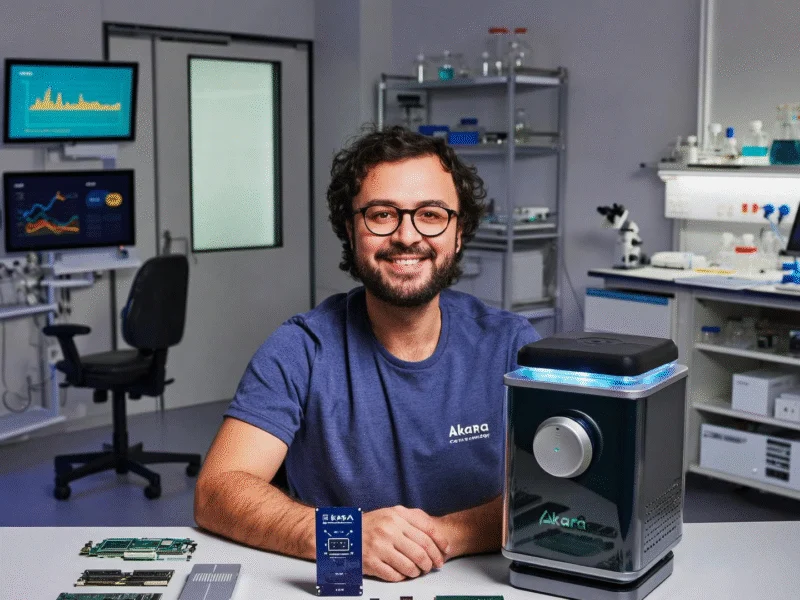Potential Historic Encounter
NASA’s Jupiter-bound Europa Clipper spacecraft could make scientific history by capturing the first-ever sample from an interstellar comet, according to new research. Two European scientists have calculated that the probe might pass through the ion tail of comet 3I/ATLAS during its journey to the Jovian system, potentially allowing instruments to analyze material originating from beyond our solar system.
Table of Contents
Narrow Window of Opportunity
The potential interception could occur between October 30 and November 6, sources indicate. Researchers Samuel Gran of the Finnish Meteorological Institute and Geraint Jones of the European Space Agency developed a specialized computer program called “Tailcatcher” to predict the likelihood of this cosmic encounter. Their findings, which haven’t yet undergone peer review and are available on the preprint server arXiv, suggest the probe could intercept streams of charged particles from the comet’s tail., according to industry news
“We have virtually no data on the interior of interstellar comets and the star systems that formed them,” Gran told Space.com. “Sampling the tail in this way is the closest we can currently get to a direct sample of such an object, and thus a different part of the galaxy.”
Comet Characteristics and Timing
Comet 3I/ATLAS was first discovered in early June and has been steadily developing a more substantial tail as it approaches the Sun. The comet will reach perihelion—its closest approach to the Sun—on October 29, just before the potential crossing window opens. Analysts suggest this timing means the tail will be at its broadest when Europa Clipper might pass through it, potentially increasing the chances of detection.
The ion tail consists of charged particles that stream directly away from the Sun, propelled by solar wind. According to the researchers’ calculations, Europa Clipper could intercept “packets” of solar wind carrying these particles from the interstellar visitor.
Scientific Instruments and Challenges
Europa Clipper carries several sophisticated instruments designed to study Jupiter’s moon Europa, which scientists believe may harbor conditions suitable for life beneath its icy crust. These same instruments could prove valuable for analyzing the comet’s ion tail, the report states.
However, significant challenges remain. The instruments needed for detection are currently inactive during the spacecraft’s cruise phase toward Jupiter. Additionally, amid potential government shutdown complications, it’s unclear whether NASA will be able to activate the necessary equipment in time for the brief interception window., according to industry experts
The solar wind conditions must also cooperate—blowing in the precise direction and with the right strength to deliver the heavier ions to the spacecraft’s instruments without missing the probe entirely.
Scientific Significance
If successful, this encounter would represent “the first direct immersion in material from an interstellar object” for any spacecraft, according to the researchers. Even if Europa Clipper cannot directly measure the ions, scientists note that magnetic field draping and shock signatures could still reveal valuable information about the presence and structure of the ion tail.
The opportunity to study material from another star system could provide unprecedented insights into the composition of interstellar objects and the planetary systems that formed them. As Gran emphasized, this represents the closest scientists can currently get to obtaining direct samples from different regions of our galaxy without sending missions beyond our solar system.
Europa Clipper remains on course for its primary mission to study Europa’s habitability, but this potential bonus scientific opportunity highlights how space missions can sometimes deliver unexpected discoveries beyond their original objectives.
Related Articles You May Find Interesting
- The Unseen Shift: How AI’s Reliance on Human Knowledge Threatens Its Own Foundat
- RTX Stock Analysis: Unpacking the 43% Surge and Future Investment Considerations
- China’s Tech Ambitions Take Center Stage at Party Plenum Amid Global Tensions
- VoltaGrid and Halliburton Forge Alliance to Power Global Data Centers with Distr
- Lam Research Stock’s Meteoric Rise: Unpacking the AI Chip Boom’s Impact
References & Further Reading
This article draws from multiple authoritative sources. For more information, please consult:
- https://arxiv.org/abs/2510.13222
- https://www.space.com/astronomy/comets/comet-3i-atlas-could-soon-shower-nasas-jupiter-probe-in-charged-particles-will-it-reveal-more-about-the-interstellar-invader
- http://en.wikipedia.org/wiki/Europa_Clipper
- http://en.wikipedia.org/wiki/Solar_System
- http://en.wikipedia.org/wiki/Comet
- http://en.wikipedia.org/wiki/Ion
- http://en.wikipedia.org/wiki/Euro
This article aggregates information from publicly available sources. All trademarks and copyrights belong to their respective owners.
Note: Featured image is for illustrative purposes only and does not represent any specific product, service, or entity mentioned in this article.



